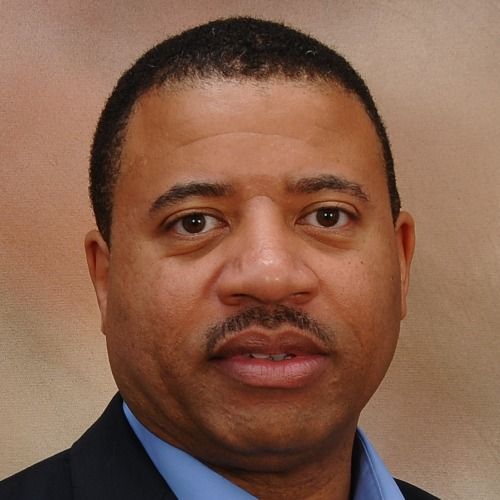Episode 8
Do the Work in Your Meetings
On this episode of The Smart IT Podcast, I welcomed Douglas Ferguson, President @ Voltage Control, to the show. We talked about facilitation. What it is and why it’s important, along with some of the techniques and tools that can be used by leaders of meetings to drive better team outcomes. Improving our ability to facilitate team collaborations and meetings effectively is critical to IT’s ability to thrive. To get things done, you must have great working dynamics in and among teams. For IT, getting everyone bought in to the mission and initiatives with active participation is critical to excelling at helping businesses innovate. We discussed several insightful areas, including:
-Facilitation, a way to make work “easier”. Viewing “soft skills” as “people skills”.
-There is no straight path into facilitation as a practice. Often used in design sprints. Use these skills to show up for real leadership and solve real problems.
-Tackling the misnomer of the perceived ease of getting people to do what you want. Shouldn't it be easy to get people to do what they do? You don't get people to do anything. Rather, you can set the conditions for it to happen. You can set the initial conditions to get good results.
-Providing clarity and a safe environment for people to fail.
-The example of a marker for a whiteboard as a symbolic way of sharing power. It invites others to participate in the discussion.
-You must define objectives for the meeting. Too often, people misunderstand the intentions of the meeting. Clarify beforehand and reinforce during the meeting its purpose. For example, will there be a decision that will be made here.
-For the engagement challenge, look at the expectations not being set.
-You need to intentionally design the meeting to be engaging. The experience of the meeting can be more important than the agenda itself.
-Tooling for capturing ideas - “If you didn't write it down, it didn't happen". Stacking effect of "stuff" can be disjointed. If you visualize + capture, you build structure. When you can see, clarity starts to emerge. Capturing in real time as you go becomes a reminder not to forget something shared. Opportunity for your ideas to be explored.
-Always communicate upfront, how decision is going to be made, the need for advice, idea sharing; let everyone know upfront whatever you're thinking.
-Group decision making doesn't happen enough. Delegation superpower when whole group decides. “Authorship" is "ownership", they are in driving seat for dealing with a problem/opportunity, more likely to support decision even if not your choice. Can find wrong choice faster. Stop selling stuff, but rather invite them in.
-Ways to get team unlocked: dot voting, majority, supermajority, gradient voting. Helps get out blame game. Benefit of how decisions are made.
-Is there a wave of transformation? Not just yet. Potential budding. Microsoft has a Chief of Facilitation. More companies will bring in facilitation roles. For cross-team leadership, such as project manager, program leader, design/product lead, or technology leaders.
-These people's skills really matter! Facilitation skills have power. How are you showing up for people?
-Change how you show up for meetings. Have more empathy for those running meetings. You can influence by asking clarifying questions to help everyone better align. What are we trying to get out of this meeting? What’s a good outcome? You can help people be better facilitators as a participant.
-The importance of doing the work in the meeting. Born out of idea of rapid prototyping of design community. Mockups, prototypes, iterating on these. Reduce batch size and cycle time decreases. Helps answer questions. Metaphor of house. What can we bring to the meeting too? For example, presentation, open PowerPoint, and make changes in real time, mapping our arc of stories, divide and conquer, to asynchronous work. Multi-threading work in shared collaboration tools.
Not enough teams doing intentional facilitation. Try to avoid screen share. Everyone gets their hands dirty. It's a beautiful thing when everyone is quiet and working together in a meeting. Create this condition. We have an opportunity to intentionally structure our meetings to get more active participation and get more ideas explored.
Show Notes
Douglas Ferguson on LinkedIn
https://www.linkedin.com/in/douglasferguson/
Voltage Control
Facilitation Lab
https://voltagecontrol.com/facilitation-lab/
Hashtags
#facilitation #meetings #leadership

